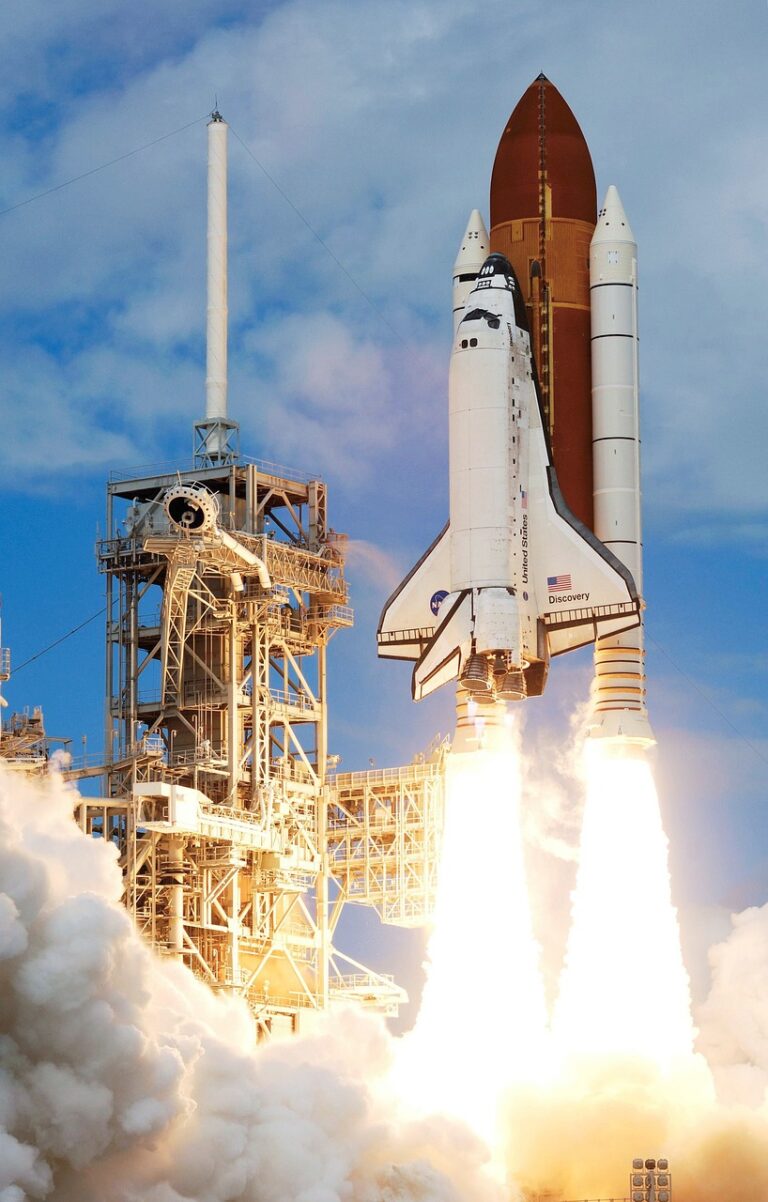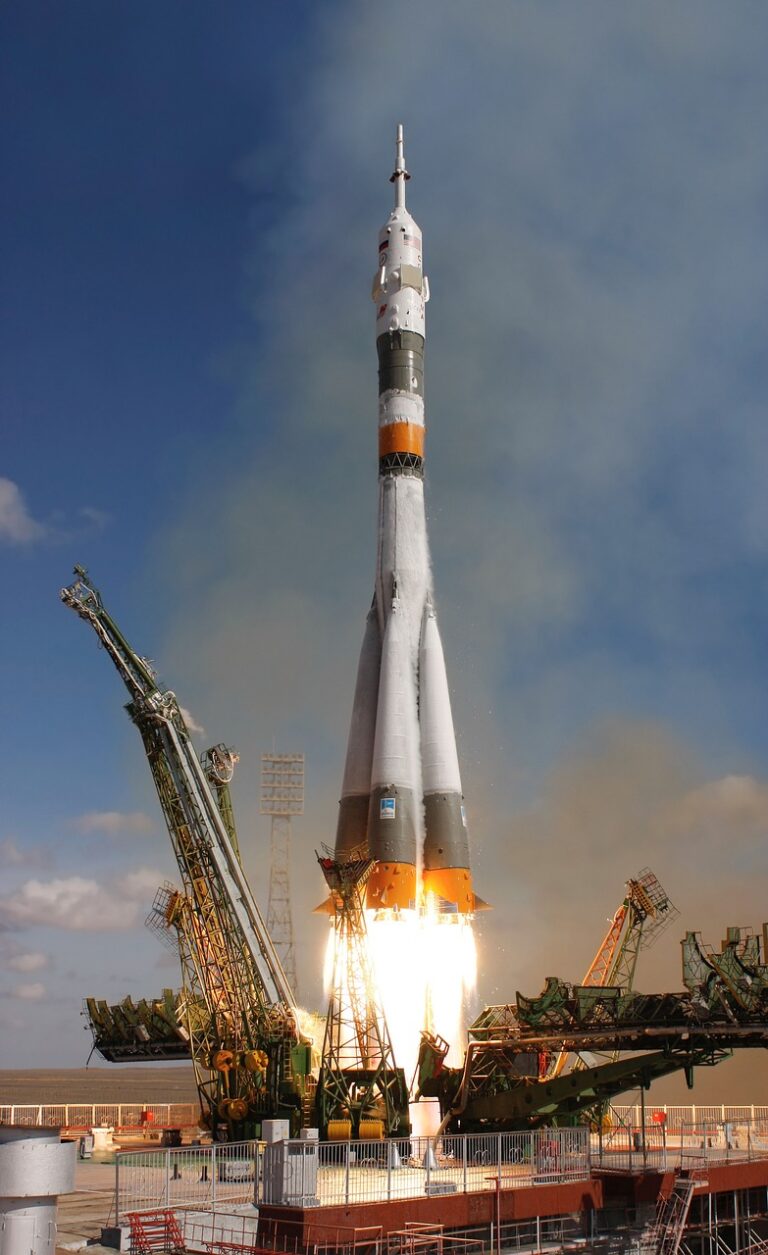NASA to Launch Three Rockets During Monday’s Total Solar Eclipse

On Monday, April 8, 2024, NASA will fire three rockets into the sky during the total solar eclipse as part of a project to study how a lack of incoming sunlight affects the Earth’s upper atmosphere. The project, called the Atmospheric Perturbations Around The Eclipse Path (APEP), aims to collect data on temperature, humidity, air pressure, and wind speed to help improve weather forecasts and models. The rockets will be launched from NASA’s Wallops Flight Facility in Virginia, which is outside the path of totality.
Studying the Ionosphere

The ionosphere, a layer of the Earth’s upper atmosphere, is an important part of the Earth’s system that affects satellites and communications on the ground. Dr. David Collins, a physics professor at Florida State University, explained that the solar eclipse will suddenly darken part of the ionosphere, changing the ion content and providing a unique opportunity to study its effects.
The data collected will help with more accurate forecasts of sudden weather-changing events such as volcanic eruptions and wildfires. NASA is working closely with the World Meteorological Organization, the National Center for Atmospheric Research, and the University of Albany, who will launch weather balloons to gather measurements during the same timeframe.
The collaboration between these organizations will provide a comprehensive understanding of the eclipse’s impact on the Earth’s atmosphere. The results of the study will be published in scientific journals and will contribute to our understanding of the Earth’s atmosphere and its interactions with the sun.
Launch Details and Public Engagement
The launch window for the mission is 2:40 p.m. EDT through 4:05 p.m. EDT, with the three rockets scheduled to launch about 45 minutes apart. NASA’s Wallops Flight Facility will provide a livestream of the three sounding rocket launches starting at 2:30 p.m. EDT on their YouTube channel, allowing the public to witness this exciting scientific endeavor.
While some may be concerned about the rockets being launched during the eclipse, Dr. Collins reassured that the project is solely to take atmospheric measurements during a time when Earth’s atmosphere will cool. The APEP project is led by Dr. Aroh Barjatya, a professor of engineering physics at Embry-Riddle Aeronautical University in Daytona Beach, Florida.
NASA’s efforts to engage the public in this project extend beyond the livestream. The agency has created educational materials and resources to help people understand the science behind the eclipse and the importance of the APEP project. By making the project accessible to a wider audience, NASA hopes to inspire future generations of scientists and foster a greater appreciation for the wonders of our universe.

Watching the Eclipse Safely

For those interested in watching the total solar eclipse, NASA will host live coverage from 1-4 p.m. EDT (17:00 to 20:00 UTC) on April 8, with live views from across the path of totality. The eclipse shadow will move from west to east, a phenomenon that can only be seen during a solar eclipse due to the moon’s rotation around the Earth.
Viewers should remember to wear protective eclipse glasses when observing the event. Looking directly at the sun, even during a partial eclipse, can cause permanent eye damage. NASA recommends using certified eclipse glasses or solar viewers that meet the ISO 12312-2 international safety standard.
The total solar eclipse will be visible from parts of Mexico, the United States, and Canada. Those outside the path of totality will still be able to witness a partial solar eclipse, where the moon covers a portion of the sun’s disk. Regardless of location, it is crucial to prioritize eye safety when viewing the eclipse.
The Impact of NASA's APEP Project

NASA’s APEP project during the total solar eclipse on Monday, April 8, 2024, promises to provide valuable data on the Earth’s upper atmosphere and its effects on satellites and communications. By launching three rockets and collaborating with other organizations, NASA aims to improve weather forecasts and models, ultimately benefiting various aspects of life on Earth.
The data collected during the eclipse will contribute to our understanding of the Earth’s atmosphere and its interactions with the sun, paving the way for future advancements in weather prediction and satellite technology. The project showcases NASA’s commitment to scientific research and its potential to improve our daily lives.
As the world prepares to witness this rare celestial event, it is important to recognize the scientific significance behind NASA’s efforts. The APEP project serves as a reminder of the importance of studying our planet and its place in the universe, and the value of collaboration between scientific organizations in the pursuit of knowledge. Through projects like APEP, NASA continues to push the boundaries of our understanding and inspire future generations to explore the mysteries of our world and beyond.



